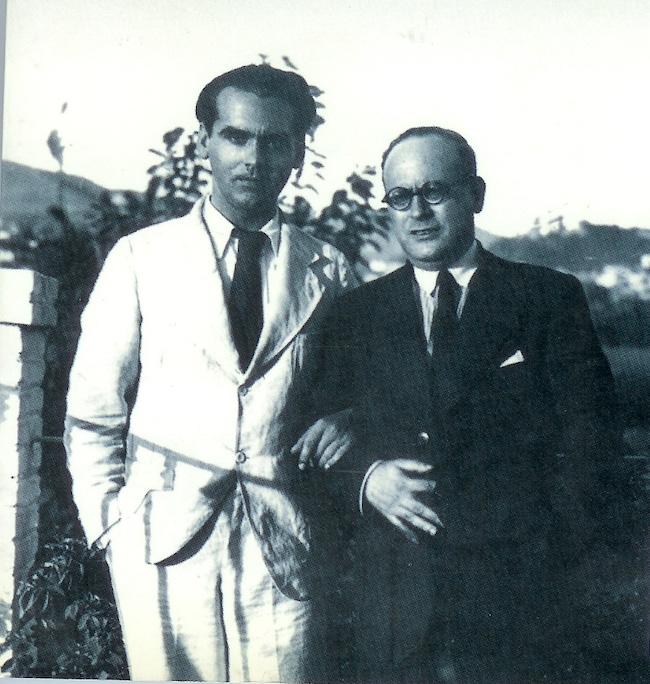After a very long preparation, Federico García Lorca managed to bring to light in February 1928 gallo (rooster), the magazine he had so eagerly devised but which only lasted two issues. The history of the publication began two years earlier with the founding of the Ateneo de Granada by former members of the El Rinconcillo tertulia. Lorca himself recounted the origin of the magazine in the words of presentation of the first issue: “With Constantino Ruiz Carnero [editor of the newspaper El Defensor de Granada], José Mora Guarnido, Miguel Pizarro, Pepe Fernández-Montesinos, Antonio Gallego [who later became the first mayor of the city in the Franco regime], Paquito Soriano, José Navarro and others, we took long walks through the Vega and the first hills of the Sierra talking about a magazine, a newspaper expressing people’s views, which would sing to the four winds this living beauty”.

The endeavor was not easy. Federico, who rarely came to Granada, tried to incorporate in the project all his friends, not only those from Granada. He appealed to Dalí, to Francisco Ayala, to his brother Francisco (who assumed the direction), to José Bergamín, Jorge Guillén, who did reciprocate, and others who, although they accepted, never sent the committed text. Among them were Manuel de Falla, José María de Cossío or Benjamín Jarnés. Imaginary signatories also appeared, such as Don Alhambro, an Indian from Granada who, on his return from Guatemala, stands as a symbolic critic of the crudely traditionalist legends.
What was gallo? Federico presented it as “the Magazine of Granada, for outside Granada, a magazine that gathers the heartbeat of everywhere to better know what is its own: a living magazine, anti-localist, anti-provincial, of the world.”
Between one issue and another came Pavo (Turkey), a singular anti-gallo replica invented by gallo‘s own editors who posed as reactionary creators. Although Federico gathered contributions for a third issue, it never saw the light of day.
Why did gallo fail? The magazine, which aspired to be universal, became a localist product by including certain cutting remarks against the Granada bourgeoisie that nobody understood outside the city.
1928 was not a good year for personal relations. The friendship with Falla suffered a serious setback after Federico dedicated to him in the Revista de Occidente in 1928 the Ode to the Blessed Sacrament of the Altar which the musician, a strict Catholic, considered very daring, breaking off his sentimental relationship with Emilio Aladrén and distancing himself from Dalí.